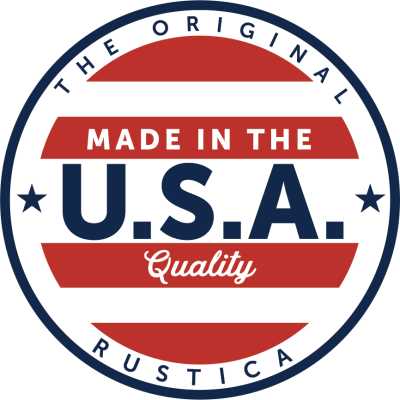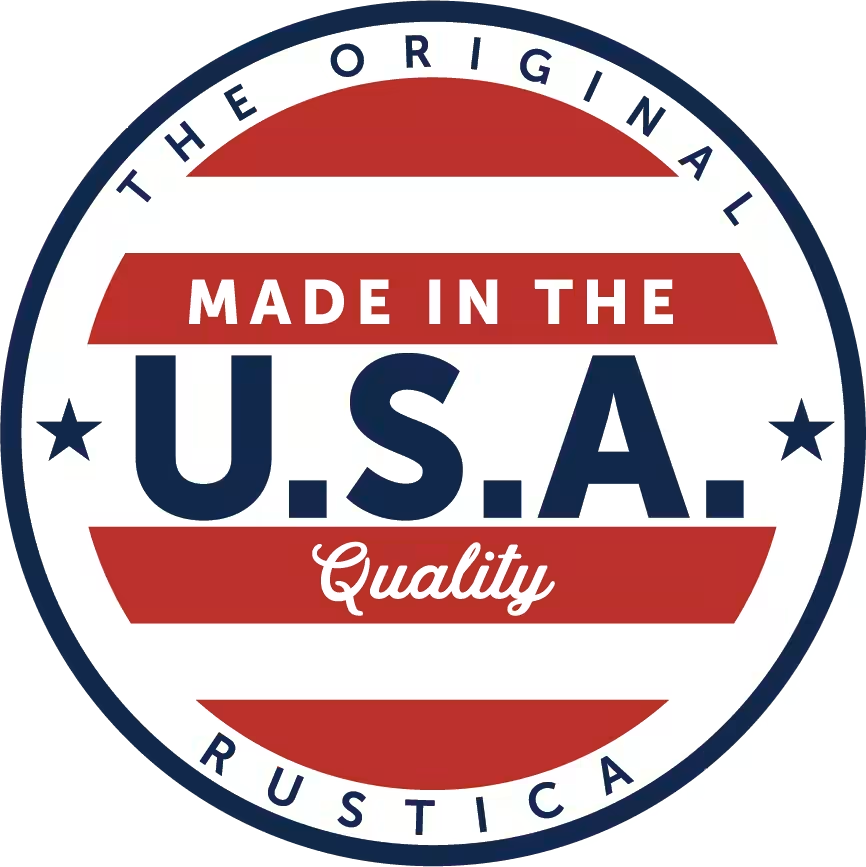- Tempered Glass
- Laminated Glass
- Wire Glass
- Bullet-proof glass
800-891-8312
FREE SHIPPING* Most orders over $500 qualify. Free shipping applies to Barn Door Hardware, Barn Doors, and Pocket Doors over $500. Front doors, interior doors, shower doors, any oversized door (wider than 3ft and taller than 7ft) and any special order doors have shipping costs which are calculated at checkout. Some barn door hardware track lengths do not qualify for free shipping.

What is Safety Glass?
Monday, June 12th, 2023
Share
Safety glass is an important
type of glass because building codes require it in certain applications. These regulations apply to both
commercial and residential building codes. Because of its importance, homeowners and business owners alike will
benefit from knowing what safety glass is and the different types of safety glass options
available.
4 Types of
Safety Glass
Each type of
safety glass differs from the others in how it’s made and its final structure. Some safety glass is stronger and
more impact resistant than others. Furthermore, certain areas require specific types of safety glass, while
others will require safety glass but not a specific one. In this way, it’s highly important to become familiar
with each type of safety glass—which we’ll dive into more detail about below.
Safety glass
has to meet specific requirements set forth by the International Building Code (IBC) for it to be classified as
safety glass, also known as safety glazing. The glass is evaluated by putting it through a performance test to
evaluate its impact resistance and breakpoint.
Other strong
and break-resistant glass types, such as heat-strengthened glass, are safer glass options than regular annealed
glass but don’t qualify as
safety glass. This is because heat-strengthened glass still breaks into large shards with sharp
edges.
In other
words, the way the glass breaks is an essential component of safety glass. Imagine a commercial
building with lots of people and large picture windows.
Let’s say a fire or severe storm caused the windows to shatter. In this scenario, flying shards of sharp glass
would be extremely dangerous. Safety glass ensures hazardous glass isn’t an issue, and is much safer when it
comes to clean up. For these reasons, safety glass is a requirement for specific areas in a home or
business.
Rather than
shattering into jagged shards, as annealed glass does, tempered safety glass breaks into many small pieces with
rounded edges. This type of broken glass is much safer to clean than large shards of sharp glass, and prevents
injury when the glass breaks. Because of its strength, heat resistance, and the way it breaks, it is used in a
variety of items, such as glass table tops and phone screens.
With the
heat method, the annealed glass is first cut to size and inspected for imperfections that could affect the
tempering process. After the glass is inspected, it is ready for tempering. Using a tempering oven, the glass is
exposed to extreme heat with temperatures more than 1,000 degrees Fahrenheit. Then, the glass is immediately
moved to an area for rapid cooling by a machine that blows frigid temperatures at it. This second half of the
process, where the glass undergoes rapid cooling, is called quenching.
Through
exposure to extreme temperatures, the glass changes its structure. The outside of the glass cools much faster
than the internal glass, creating tension, which causes surface compression for the outer layer. This tension
causes the glass to become ‘tempered’ making it stronger and safer than annealed glass.
Once the
glass is tempered, it can’t be cut or edged down because it will cause the glass to lose its strength or
shatter. This is a critical aspect of tempered glass to keep in mind, especially when ordering custom tempered glass windows, as the window glass will need to be the
correct size and can’t be cut or resized after ordering.
Heating is
the most common way tempered glass is made, but glass can also be tempered with chemicals. This is referred to
as chemical tempering, and occurs when various chemicals exchange ions on the glass surface to create surface
compression. However, chemical tempering is much more costly than the heat method, so it is not widely
used.
Given
tempered glass’s PSI, its general breaking point in weight is 24,000 PSI, whereas annealed glass’ breaking point
is 6,000 PSI. With its increased impact resistance, tempered glass can withstand much more wind pressure, about
twice the amount as ordinary glass.
When it
comes to heat and thermal stress, tempered safety glass can withstand much hotter and more extreme temperature
changes when compared to annealed glass. Regular glass will crack or break when exposed to temperatures around
105 degrees Fahrenheit, whereas tempered glass has a temperature difference threshold of around 500 degrees
Fahrenheit. Because of its incredible resistance to heat, thermal breakage is not as much of a concern with
tempered glass.
However, on
rare occasions, temperature fluctuations can cause tempered glass to shatter spontaneously. During the heating
and quelching process, the glass may have tiny particles, including nickel-sulfide, which can expand during heat
treatment, halt expansion when cooled, and then continue expansion when the glass is exposed to high heat
temperatures. This expansion can cause the glass to shatter, but it is extremely rare. This is why manufacturers
take special care to inspect the glass before beginning the heat process.
This plastic
interlayer also increases its impact resistance; it’s able to withstand extreme force, such as bullets and
bombs. Plus, if the glass is to break, there isn’t a concern for flying or falling glass. Ultimately, this
greatly protects the people inside buildings with prominent windows and skylights.
The type of
glass used to create laminated glass can range from regular annealed glass to toughened glass. Laminated glass
made with a heat strengthened glass, such as tempered glass, makes it that much safer, stronger, and more impact
resistant.
Laminated
glass ranges in safety, UV protection, strength, and more, depending on the type of plastic used between the
glass and how many layers of glass/plastic is used. For example, laminated glass can be bulletproof glass,
depending on how thick the glass is, how many layers of glass/plastic there are, and the type of plastic
used.
The most
common interlayer material is PVB, but it can also be made with Ethylene Vinyl Acetate (EVA) and Thermoplastic
Polyurethane (TPU). Usually, multiple layers of PVB, EVA, or TPU are used to increase the glass’s strength and
above benefits. The layers of glass and PVB is written in millimeters to describe the thickness of the finished
laminated glass. The thicker the glass, the stronger, safer, and more impact resistant it is.
Furthermore,
laminated safety glass has several benefits other than its increased safety and security. For starters,
laminated glass can be cut after it’s manufactured, making it useful for home projects where the glass may need
to be resized. It also has the benefit of reducing UV rays and noise, increasing insulation. These advantages
stem from the plastic layer between the glass, which helps reduce heat transfer and sound waves. Its insulating
abilities and UV protection can be increased by using Low E glass for your laminated glass. In this way,
laminated glass is quite versatile and can be used for a variety of different appliances and
projects.
That said,
it is still safer than ordinary glass because if shattered, the broken glass is held in place by the metal wire.
Moreover, wired glass is fire resistant because the wire within the glass holds the glass together when heat
from the fire causes it to crack. Then, the heat causes the glass to melt and “heal” the cracks. The wire holds
the glass in place throughout the process, preventing flame, smoke, and hot gasses to pass through it. Fire
rated glass must also be able to withstand water pressure from a fire hose, which wired glass can withstand.
If you’re
interested in wired glass for a commercial building or safety rated
door, you’ll want to check
out the building codes for your area to ensure that wired glass meets the safety requirements for that
area. To make it a safety glass that meets safety code requirements, it needs a special coating to
strengthen it. If it needs a special coating, this can be done during the production phase, and must be
factory-applied. Furthermore, wire glass can’t be tempered or heat-strengthened, but unlike tempered or
heat-strengthened glass, a wired glass sheet can be cut after production.
The goal
with ballistic glass is to have a tough outer layer of thick glass that helps stop the projectile, while the
inner plastic layers flexes and absorbs the energy of the impact. The overall strength and flexibility of the
bullet resistant glass will prevent it from shattering, and the plastic interlayers will hold the window or
glass structure in place. The combination of the thick heat-strengthened glass and plastic interlayers makes
bullet-proof glass a high-profile security glass used in areas where human safety is a top
priority.
Wired glass
is commonly used in buildings that require fire protection and fire-resistant glass, such as hospitals, schools,
and government buildings.
While the
above locations require the use of safety glazing or fire rated glass, you can also use safety glazing in areas
that don’t necessarily require it. You can use safety glass whenever you want increased safety and security for
your windows and doors. For example, safety glass can be used when you want security glass to prevent break-ins,
or if you live in an area that experiences frequent severe storms.
Even if you
are a homeowner just needing to replace a window, it’s important that your new window is up to code. This will
prevent any issues that may arise in the future if you plan to sell your home. These codes are required for a
reason: safety. By complying with building requirements, you create a safer environment for everyone and (and it
is less of a hassle for yourself in the long run).
It’s
essential to research your local and federal building regulations to ensure that your building project is up to
code. Furthermore, there are separate building regulations for commercial and residential buildings. Commercial
buildings usually have stricter requirements for the use of safety glazing, so if you’re a business owner or
commercial builder, it’s extra important to be well aware of commercial building codes for glass structures,
doors, and windows.
Examples of
hazardous locations that legally require safety glass are listed above. As those codes are set forth by the
International Building Code, they are more general. You may find more specific requirements depending on your
state building codes.
If you’re
planning on designing a quality glass door or custom window, check out the incredible selection and
customization options Rustica has to offer. As specialty designers of high-quality doors and windows, we’re
confident we have what you’re looking for. Whether you need a strong shower door with tempered glass or a custom
window with laminated glass,
we’ve got you covered. Contact Rustica’s design team to start creating your custom glass door or window
with safety glass today!
Glass doors usually require safety glass. As the IBC states, “Glazing in all fixed and operable panels of swinging, sliding, and bifold doors shall be considered a hazardous location.” The reason for this is that doors are part of “high-traffic areas,” and they experience frequent use. The glass in the door should be able to withstand the force of a slammed door and external forces, such as extreme weather. Because of this, tempered glass is usually used in glass doors. Furthermore, “glass within 24 inches horizontally from a door where the bottom of the glazing is less than 60 inches above the floor is considered a hazardous location.” This would include any windows near a door with the above dimensions.


Rustica Shop & HQ 1060 Spring Creek PlaceSpringville Utah 84663Customer Service & Sales(800)-891-8312

Hitching Post
Event Venue
1520 N Main Street
Springville UT 84663
PRODUCTS
FEATURES
COMPANY
BUSINESS



